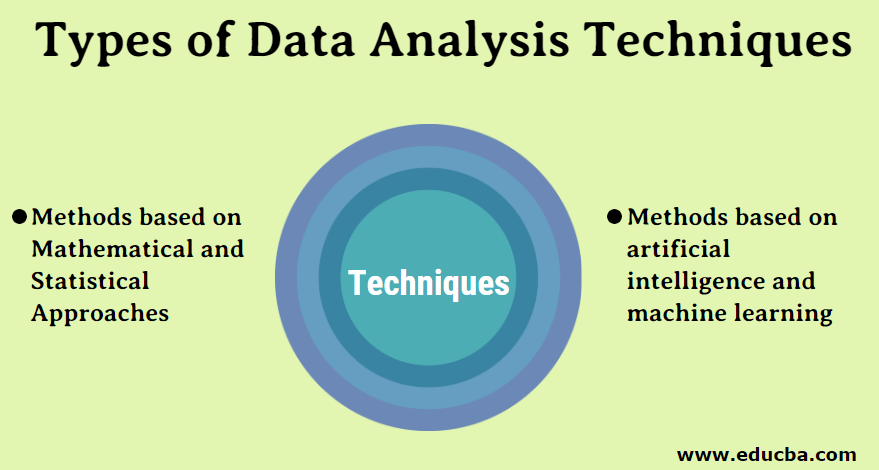The study of DNA has revolutionized fields ranging from medicine to anthropology. Genomic analysis techniques allow scientists to decode the genetic information within DNA, uncovering insights about health, ancestry, and evolution. This article explores the cutting-edge techniques used in genomic analysis, shedding light on how they contribute to our understanding of life’s building blocks.
I. The Genomic Era: Decoding DNA
- Genomics vs. Genetics:
- Explore the distinction between genetics (the study of individual genes) and genomics (the study of the entire genome).
- Sequencing Techniques:
- Understand the advancements in DNA sequencing technologies that enable scientists to read genetic code with unprecedented precision.
II. Whole Genome Sequencing
- Comprehensive Genetic Blueprints:
- Delve into how whole genome sequencing provides a complete map of an organism’s DNA, revealing all its genes and non-coding regions.
- Applications in Precision Medicine:
- Learn how whole genome sequencing is revolutionizing healthcare by tailoring treatments to individual genetic profiles.
III. Next-Generation Sequencing (NGS)
- High-Throughput Sequencing:
- Explore how NGS technologies rapidly sequence multiple DNA fragments simultaneously, exponentially increasing data output.
- Population Genetics and Evolutionary Studies:
- Understand how NGS is used to analyze genetic variation within and across populations, unraveling evolutionary histories.
IV. Transcriptomics: Analyzing RNA
- The Role of RNA:
- Learn how transcriptomics focuses on RNA molecules, shedding light on gene expression patterns and cellular functions.
- Single-Cell Transcriptomics:
- Explore the cutting-edge technique of analyzing gene expression at the individual cell level, uncovering cellular heterogeneity.
V. Proteomics: Beyond DNA and RNA
- Proteins as Functional Units:
- Understand how proteomics explores the structure, function, and interactions of proteins, providing insights into biological processes.
- Applications in Drug Discovery:
- Learn how proteomics guides the development of targeted therapies by identifying potential drug targets.
VI. Metagenomics: Exploring Microbial Communities
- Unraveling Microbial Diversity:
- Delve into how metagenomics analyzes genetic material from entire microbial communities, illuminating the hidden world of microorganisms.
- Applications in Environmental Science:
- Understand how metagenomics aids in studying ecosystems, pollution, and microbial contributions to nutrient cycles.
VII. Epigenomics: Beyond DNA Sequences
- Epigenetic Modifications:
- Explore how epigenomics investigates chemical modifications that influence gene expression without altering DNA sequences.
- Implications for Disease and Development:
- Learn how epigenetic research informs our understanding of diseases, development, and responses to environmental factors.
VIII. Integrative Genomics
- Holistic Approaches:
- Understand how integrative genomics combines data from various techniques to gain a comprehensive view of biological systems.
- Systems Biology and Personalized Medicine:
- Explore how integrative genomics contributes to a systems-level understanding of diseases and informs personalized treatment strategies.
IX. Ethical Considerations and Future Directions
- Ethical Implications:
- Discuss the ethical considerations surrounding genomic analysis, including privacy, consent, and the potential for genetic discrimination.
- Emerging Technologies:
- Explore future trends in genomic analysis, from advancements in sequencing technologies to the integration of multi-omics data.
Conclusion: Deciphering Life’s Code
Genomic analysis techniques have transformed our understanding of genetics and biology, opening new frontiers in healthcare, evolutionary studies, and environmental science. By unraveling the mysteries of DNA, scientists are poised to make groundbreaking discoveries that will shape the future of science and danatoto medicine.

